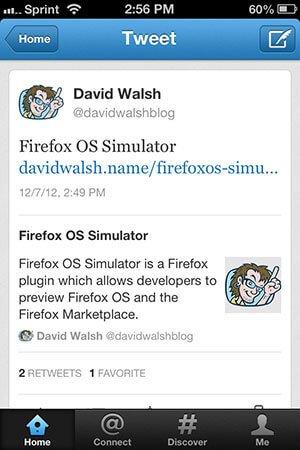Detect Dark Mode Preference with JavaScript
Seemingly every website, dapp, and app offers a dark mode preference, and thank goodness. Dark mode is especially useful when I'm doing late night coding, or even worse, trading into altcoins. I'm presently working on implementing a dark theme on MetaMask and it got me to thinking: is there a way we can default to dark mode if the user's operating system also defaults to dark mode?
You can determine if the user's operating system prefers dark mode with one quick line of code:
const prefersDarkMode = window.matchMedia("(prefers-color-scheme:dark)").matches; // true
This code snippet takes advantage of the CSS prefers-color-scheme media query with JavaScript's matchMedia API.
From a user experience standpoint, you'll need to be careful in using this snippet. This method is great for setting a default for new users without changing the value for existing users.
![CSS vs. JS Animation: Which is Faster?]()
How is it possible that JavaScript-based animation has secretly always been as fast — or faster — than CSS transitions? And, how is it possible that Adobe and Google consistently release media-rich mobile sites that rival the performance of native apps?
This article serves as a point-by-point...
![Detect DOM Node Insertions with JavaScript and CSS Animations]()
I work with an awesome cast of developers at Mozilla, and one of them in Daniel Buchner. Daniel's shared with me an awesome strategy for detecting when nodes have been injected into a parent node without using the deprecated DOM Events API.
![How to Create a Twitter Card]()
One of my favorite social APIs was the Open Graph API adopted by Facebook. Adding just a few META tags to each page allowed links to my article to be styled and presented the way I wanted them to, giving me a bit of control...
![Introducing LazyLoad 2.0]()
While improvements in browsers means more cool APIs for us to play with, it also means we need to maintain existing code. With Firefox 4's release came news that my MooTools LazyLoad plugin was not intercepting image loading -- the images were loading regardless of...



